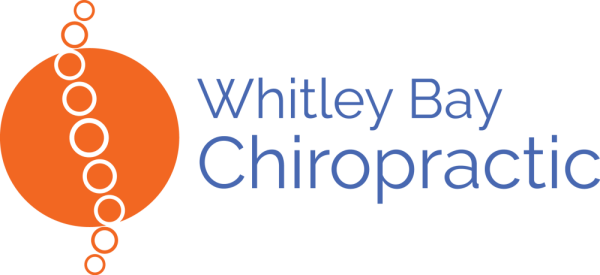Plantar Fasciitis -Active Release Techniques (ART)
Research- manual therapy for PF:
- The 2014 American Physical Therapy Association Guidelines for Plantar Fasciitis – found strong evidence that manual therapy, exercises, taping, and night splints were effective.
- Studies in 2014 and 2007 found myofascial release of the calf and plantar fascia more effective than just conventional therapy.
- 2015 study – Myofascial Release effective in treating PF.
- 2015 study – mob / manips are effective in increasing ankle dorsiflexion
- 2014 study compared deep calf massage plus stretching and neural mobilization to ultrasound therapy plus stretching. Massage / neural mobilization yielded much better results.
- 2011 study – trigger point therapy plus self-stretching resulted in superior short-term outcomes as compared to a self-stretching program alone.
Research- exercises and stretches:
- Cheung 2015-
Intrinsic foot muscle volume in experienced runners with and without chronic plantar fasciitis –
“There was significant greater rearfoot intrinsic muscle volume in healthy runners than runners with chronic plantar fasciitis “
- 2014 study –compared high load calf raise (video) (with Windlass mechanism -extended MTP joints) exercises to plantar specific stretching. The high load group had better results, check out the study for pictures.
- 2014 study – eccentric training for Achilles tendon insertion pain no better than conventional therapy.
- 2014 study -windlass stretch slightly more effective than myofascial release.
- Exercise should focus on the gastrocnemius in isolation and in combination with the soleus. A 2011 study found that the gastrocnemius is tight in 57% of PF cases, the gastroc /soleus in 26%, and 17% had normal ROM. Take away message, don’t forget the gastroc!
- A non-weight bearing plantar fascia stretching program may be more effective than standing calf stretches. An at-home frequent seated stretch is worth trying for PF sufferers.
- 2014 study – PNF stretching better than a control for increasing gastrocnemius flexibility. A recent study found foam rolling before static stretching to be better at increasing ROM, than foam rolling or stretching alone at the hip. Give it a try at the ankle.
- Where the flexor digitorum brevis attaches to the calcaneus is the most common site for heel spurs, not where the plantar fascia attaches.
- Strengthening the flexor digitorum brevis (FDB) and / or the flexor hallucis brevis may take some pressure off of the plantar fascia. The paper grip test (fig 4) is a good way to see if the FDB is weak.
Does prolonged standing cause PF?
Maybe!
A 2015 review of the literature of the topic found, “low-quality evidence of an association between PF and weight-bearing tasks such as walking and standing on hard surfaces”.
Putting it all together:
A combination of the above is required to help a majority of PF cases. The order I usually use is myofascial release and foot joint mobilizations, and at home Windlass strengthening exercises. At home foam rolling the calves followed by static stretching. Fairly quickly, I begin having the patient do high load isometric exercises progressing to isotonics (concentrics plus eccentrics).
Exercise progression:
- foam roll calves
- PNF stretching of the gastroc and soleus
- non-weight bearing static stretching
- high load isometric calf raises
- calf lowering eccentrics (it may be better to do isotonics)
- flexor digitorum and flexor hallucis tests /exercises
- Foot tripod exercises are great to add when the patient is ready.
For more go to – Manual Therapy UK
Articles on soft tissue therapy I wrote or contributed to:
Telegraph Active Release Techniques for injuries
STACK New Age of Golf Training is Creating Stronger and More Athletic Golfers
Athletics Weekly Performance Therapy for Greg Rutherford
220 Triathlon Sports massage and ART differences
Vigour Magazine Sports Performance
Progenex ART for CrossFitters
FIT Institute Research based hamstring therapies
Titleist Performance Institute What Performance Therapy Looks Like For Top Golfers
Podcasts where I discuss Myofascial Release-
